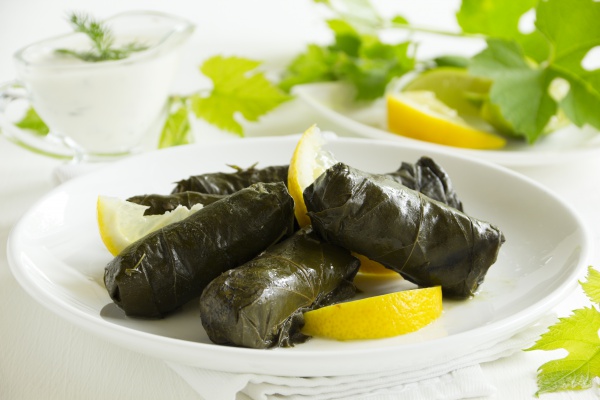Facts About Dolma
Dolma is a cherished dish that spans various regions, including the Balkans, South Caucasus, Central Asia, and the Middle East. It essentially involves stuffing vegetables such as tomatoes, peppers, onions, zucchinis, eggplants, and pointed gourds.
When it comes to serving, meat-filled dolmas are usually enjoyed warm, often paired with tahini or avgolemono sauce. In contrast, dolmas stuffed with rice and olive oil are typically served cold, accompanied by a garlic-yogurt sauce. Another popular variation includes stuffed cabbage rolls and vine leaves, commonly referred to as sarma.
The term "dolma" originates from Turkish, meaning "to fill." This culinary tradition has deep roots, with stuffed vegetables being a staple in Middle Eastern cuisine for centuries. Notably, in Azerbaijan, dolma-making is recognized as a UNESCO Intangible Cultural Heritage.
Dolma has numerous variations across different cuisines. For instance, in Iraqi, Greek, Persian, Jewish, and Indian kitchens, you’ll find unique takes on this dish. Some versions involve wrapping vine leaves, stuffing vegetables like onions, artichokes, and eggplants, and even incorporating seafood and offal. Additionally, some regions enjoy fruit-based dolmas, such as those made with stuffed quinces and apples.

 Bulgaria
Bulgaria